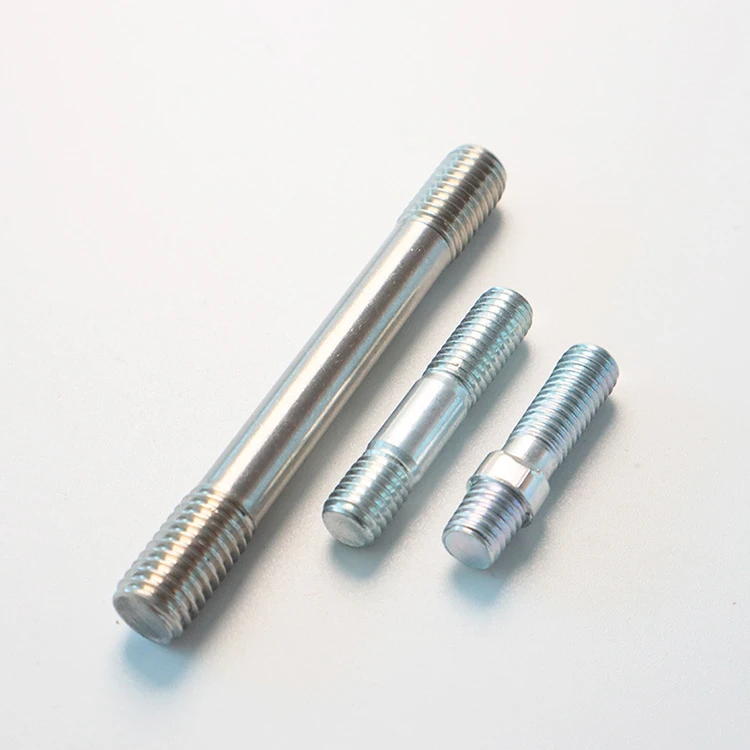Introduction
Stainless steel chemical anchor stud bolts are essential components in construction and engineering projects. They provide strong and reliable anchoring solutions for various applications, from securing heavy machinery to supporting structural elements. Among the various sizes available, the M16 stainless steel chemical anchor stud bolt is particularly popular due to its versatility and robustness.
What is a Chemical Anchor Stud Bolt?
A chemical anchor stud bolt combines a threaded stud, usually made of stainless steel, with a chemical adhesive. This combination ensures that the bolt provides a secure and permanent fixing in concrete or masonry substrates. The chemical adhesive, often in the form of a two-part resin, fills the drilled hole and bonds with the surrounding material and the stud, creating an exceptionally strong hold.

Why Stainless Steel?
Stainless steel is preferred for these anchor bolts due to its excellent resistance to corrosion, making it suitable for various environments, including those exposed to moisture, chemicals, and extreme temperatures. The durability of stainless steel ensures that the anchor bolt maintains its integrity and strength over time, providing long-lasting security for critical structures and equipment.
Specifications of the M16 Stainless Steel Chemical Anchor Stud Bolt
- Size and Dimensions: The “M16” designation indicates that the bolt has a nominal diameter of 16 millimeters. It typically comes in various lengths to accommodate different installation depths and requirements.
- Material: High-quality stainless steel, often grades such as A2 (304) or A4 (316), depending on the specific environmental conditions and required corrosion resistance.
- Threading: The stud bolt features metric threading, ensuring compatibility with standard nuts and washers.
Installation Process
- Drilling: A hole is drilled into the substrate, usually concrete or masonry, to the specified depth and diameter.
- Cleaning: The hole is thoroughly cleaned to remove any dust and debris, ensuring optimal adhesion.
- Injecting Adhesive: The chemical adhesive is injected into the hole, filling it adequately.
- Inserting the Stud: The stainless steel stud bolt is inserted into the hole, allowing the adhesive to bond with both the stud and the substrate.
- Curing: The adhesive is allowed to cure for a specified period, ensuring a secure and permanent fix.
Applications
The M16 stainless steel chemical anchor stud bolt is widely used in various applications, including:
- Structural Supports: Providing anchorage for beams, columns, and other structural elements.
- Machinery and Equipment: Securing heavy machinery and equipment to concrete floors and foundations.
- Facade and Cladding: Fixing facade panels and cladding systems to building exteriors.
- Bridges and Tunnels: Used in infrastructure projects for securing elements within bridges and tunnels.
Advantages
- High Load-Bearing Capacity: The combination of stainless steel and chemical adhesive provides exceptional load-bearing capacity.
- Corrosion Resistance: Ideal for harsh environments where corrosion could compromise the integrity of standard steel bolts.
- Versatility: Suitable for a wide range of applications and environments.
- Durability: Long-lasting performance ensures the reliability of the anchoring system.
Conclusion
The M16 stainless steel chemical anchor stud bolt is a critical component in construction and engineering, offering unmatched strength, durability, and corrosion resistance. Its versatile applications and robust performance make it a preferred choice for professionals seeking reliable anchoring solutions in demanding environments. Whether used in structural supports, machinery,